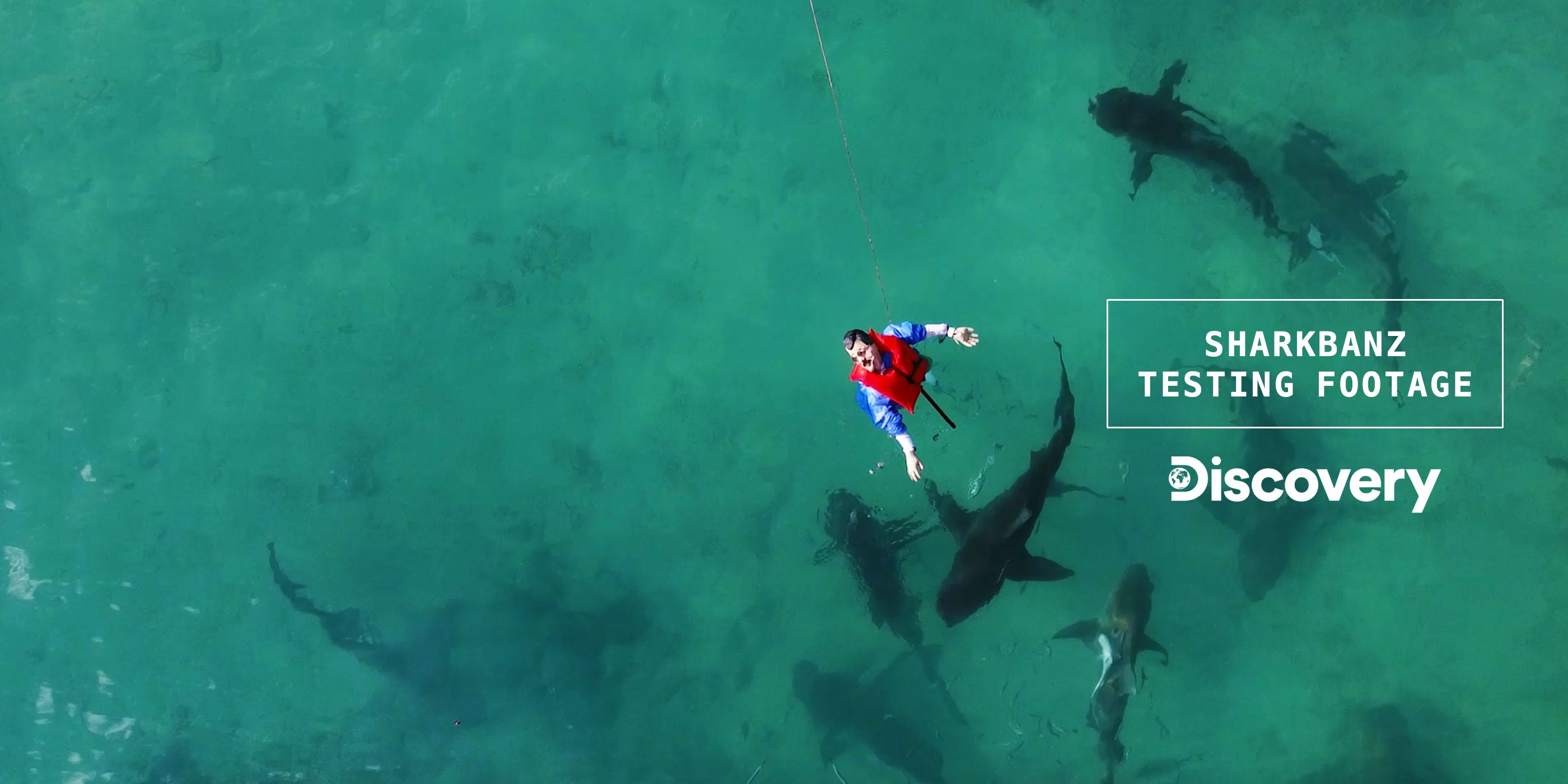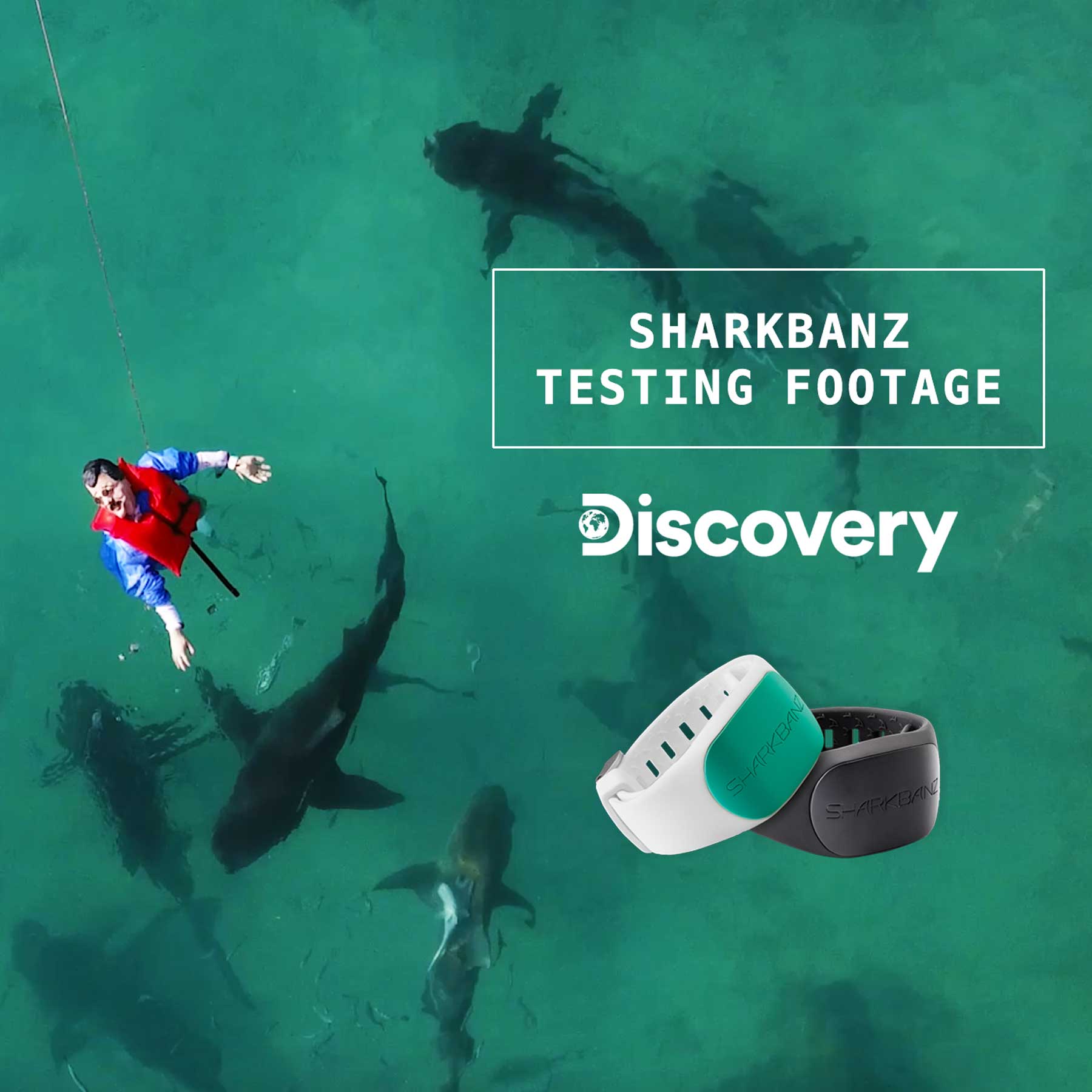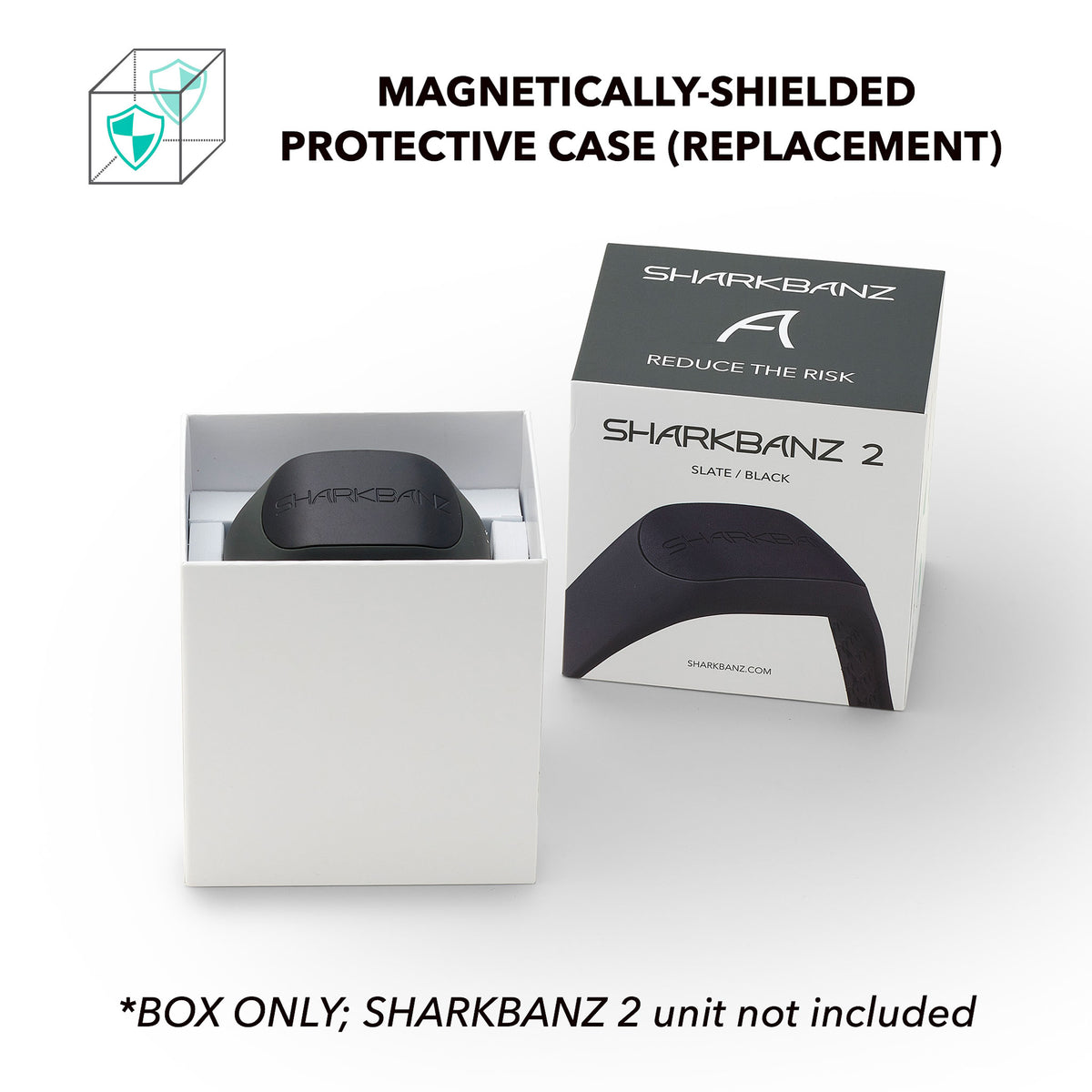Accredited Science
RESEARCHED, TESTED, PROVEN
Sharkbanz are the result of almost two decades worth of peer-reviewed scientific research and field studies on the use of patented magnetic technology as an active and effective shark deterrent. To view a compilation of this research, click here.

Published Third-Party Studies & Research
Since 2005, our deterrent technology has been studied by marine biologists and proven to elicit avoidance behavior in a range of species including:
- Hammerhead (S. Mokarran and S. Lewini)
- Bull (C. Leucas)
- White Sharks (C. Carcharias)
- Australian blacktip (Carcharhinus Tilstoni)
- Sandbar (Carcharhinus plumbeus)
- Lemon (Negaprion Brevirostris)
- Grey Reef (C. Amblyrhynchos)
- Milk (Rhizoprionodon Acutus)
- Speartooth (Glyphis Glyphis)
A full compilation report of these peer-reviewed research studies can be viewed here.
Our commitment to Science and Results
Effective Deterrent Technology
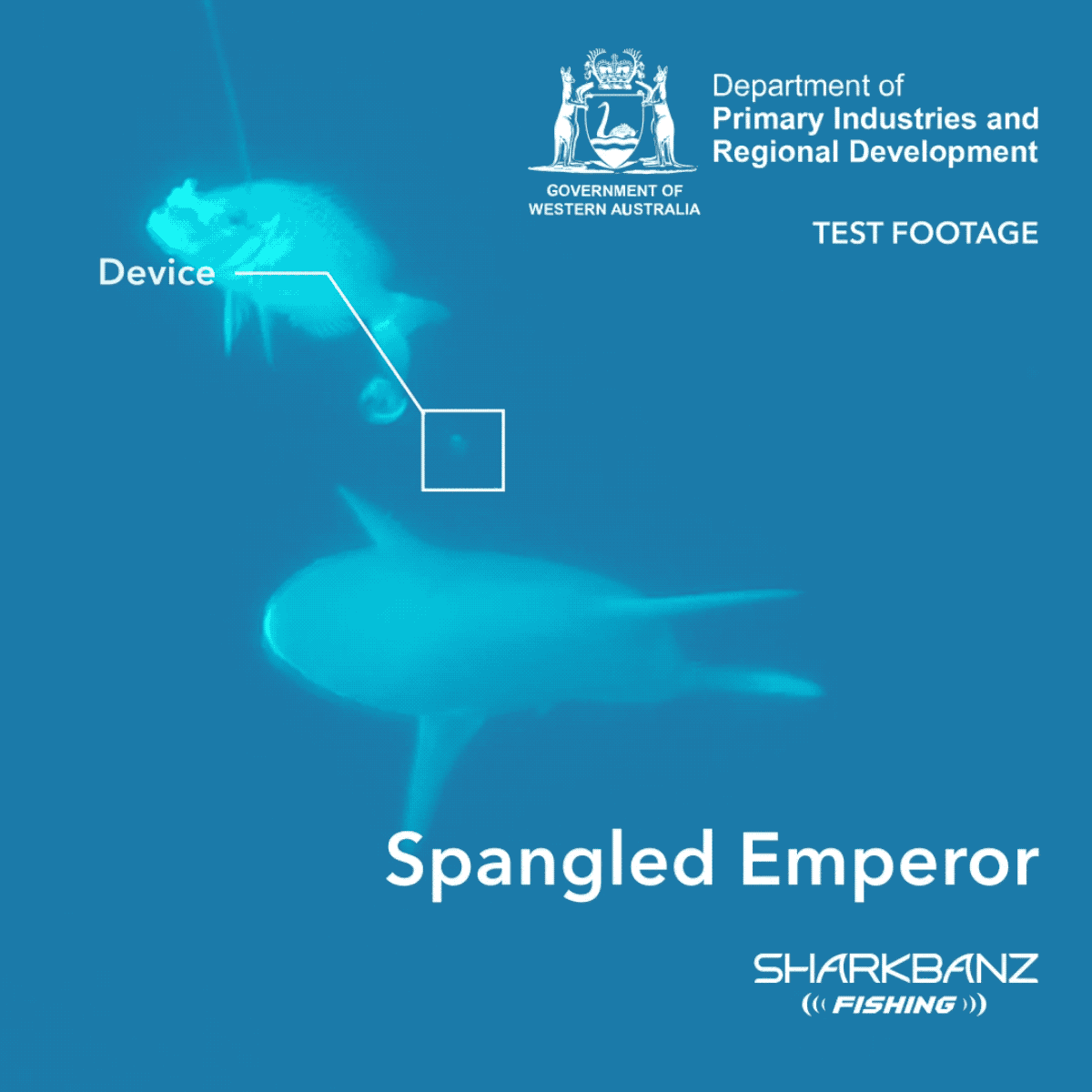
Government Tested & Validated
In 2021, the Western Australian Government (DPIRD) released key findings from their ongoing research study proving the effectiveness of Sharkbanz technology to deter sharks in bottom fishing applications. The same tech is used in our wearable products.

Rigorous International Product Testing
In conjunction with our various scientific partners, our team has continuously and successfully tested our products (wearables and fishing) on a variety of shark species in a wide range of "real-life" to extreme scenarios. Videos and results of these tests can be viewed below.
Watch Sharkbanz Prove Effective Even in Extreme Scenarios
Research & Testing Videos
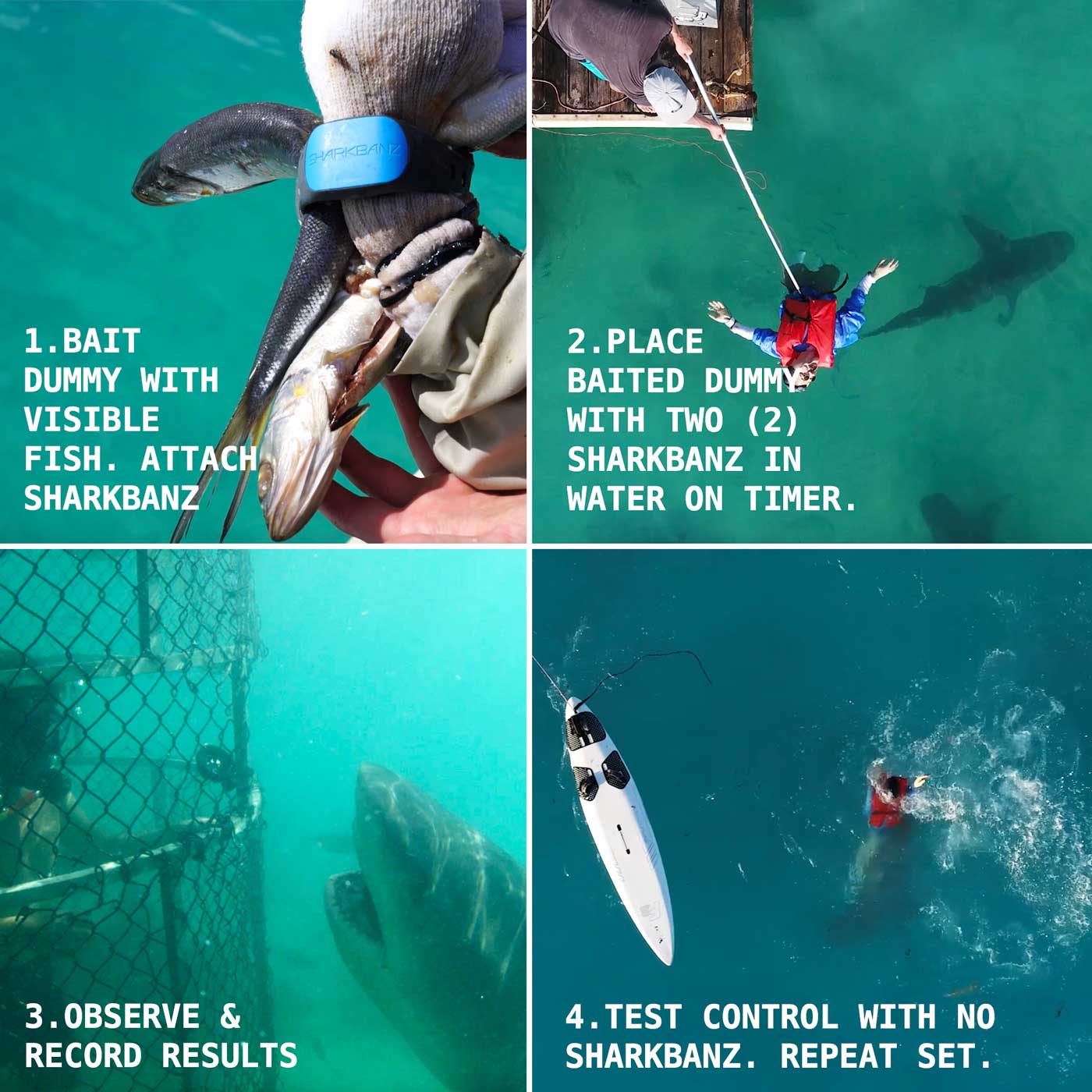
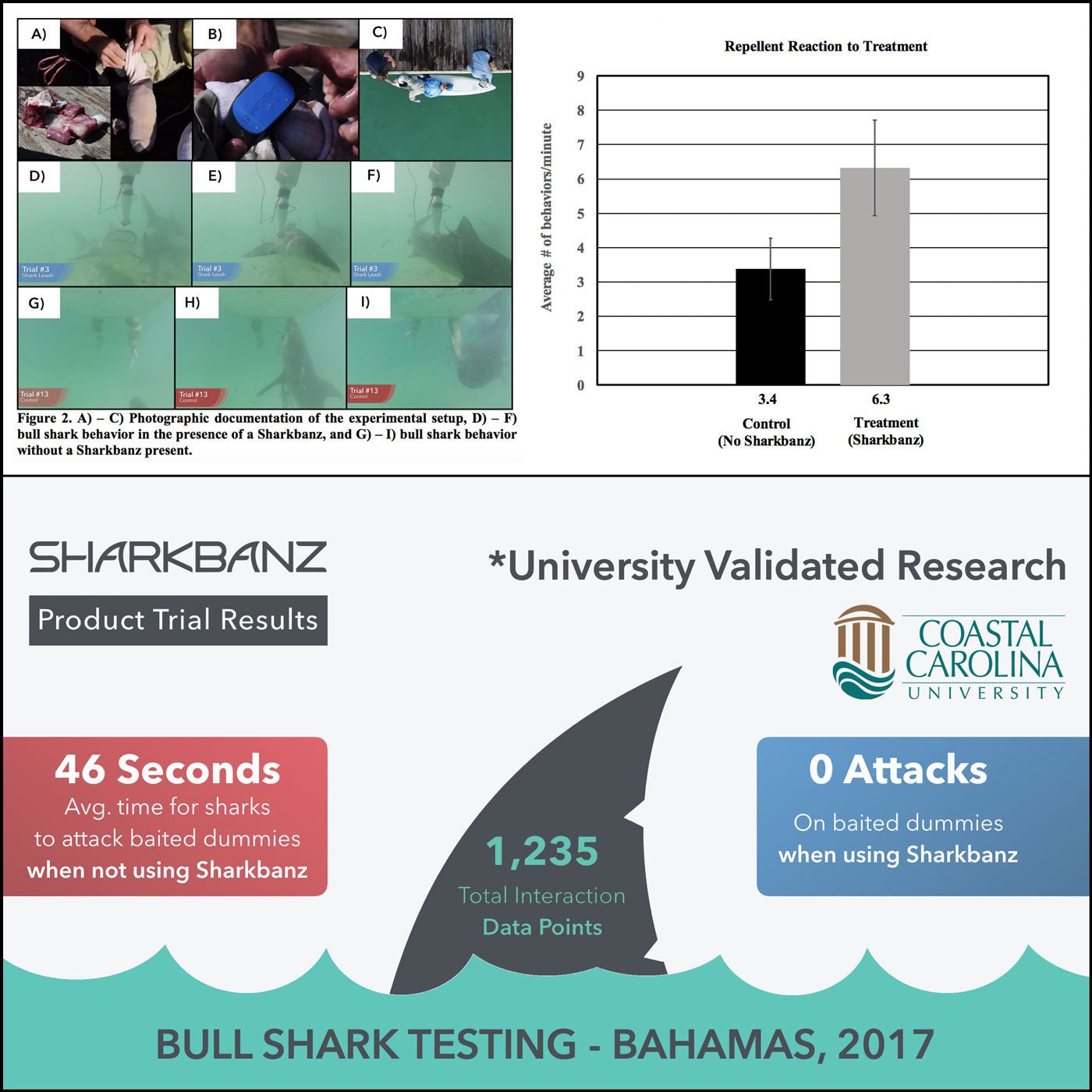
Results Independently Verified by University
Bull Shark Research Study (2017)
On the dates of November 15-17, 2017, The Sharkbanz Team, in association with Discovery Canada and Sharkdefense Technologies, LLC., conducted a comparative study with Sharkbanz products on wild Bull Sharks in Bimini, Bahamas. The Bull Shark (Carcharhinus leucas) is often considered the biggest threat to humans and responsible for most number of bites/attacks globally. The team’s goal was to test the hypothesis that Sharkbanz technology creates an effective barrier and deterrent.
Between 5 and 15 Bull Sharks were present during the experimental trials. The study consisted of trials that simulated a worst-case scenario. To view a full PDF version of this peer-viewed experiment and research, click here.
Conclusive Comparative Study Results
Sharkbanz Proven to Deter Bull Sharks
Each trial was conducted with the experimental treatment (i.e. Sharkbanz or Sharkleash), and then replicated exactly with the control (i.e. no Sharkbanz). A total of 25 trials were conducted with the treatments (i.e. Sharkbanz and Sharkleash) and control resulting in 2 hr 38 min of soak time exposed to the bull sharks with a total of 1235 approaches and observed behaviors. During the 2 hr 19 min with the treatment, there were 0 attacks on the human model. During the 18 minutes of trials with the control, the human model was attacked approximately every 46 seconds.
The results from this Sharkbanz product research endeavor were quantified and verified by an independent third-party analysis group at the prestigious School of Coastal Environment Department of Marine Science at Coastal Carolina University.
Stingray Science: Electroreception
How Rays Detect our Deterrent Field
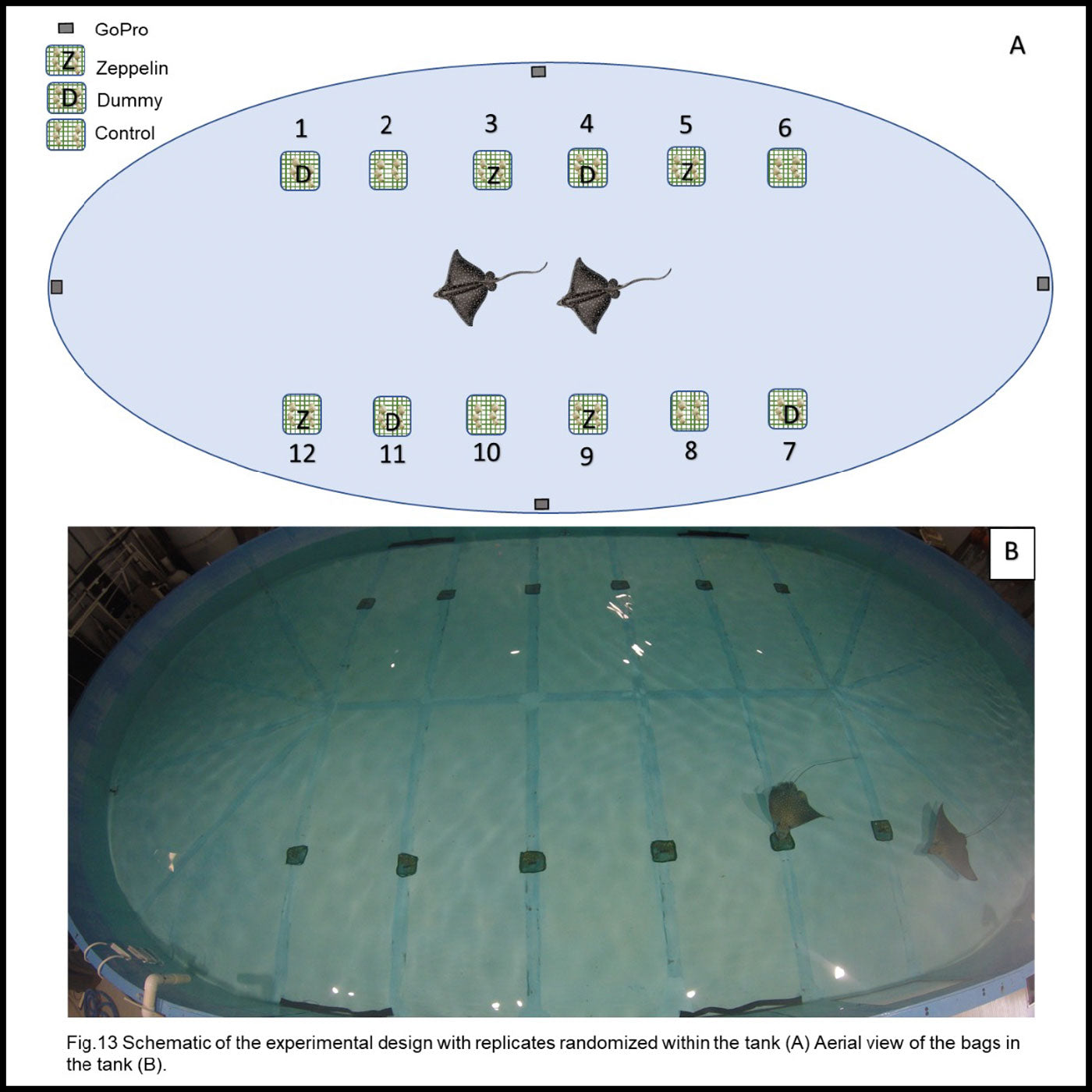
Pilot Study at FAU shows dramatic effect
Sharkbanz Reduces Unwanted Ray Interactions
In 2023, Florida Atlantic University researchers conducted a pilot study to determine if magnetic deterrents could reduce the incidence of ray predation on clams. Rays are often observed eating clams growing on aquaculture farms and can decimate the harvest. Deterring these predators without harming them is an important and timely goal for these operations. Sharkbanz Zeppelins were shown to significantly reduce the number of predation events and significantly reduce the number of grow bags that were damaged. These results imply that Sharkbanz magnetic deterrents could be used to reduce other unwanted encounters with stingrays.
Click here to view an online version PDF of this FAU Pilot Study.




